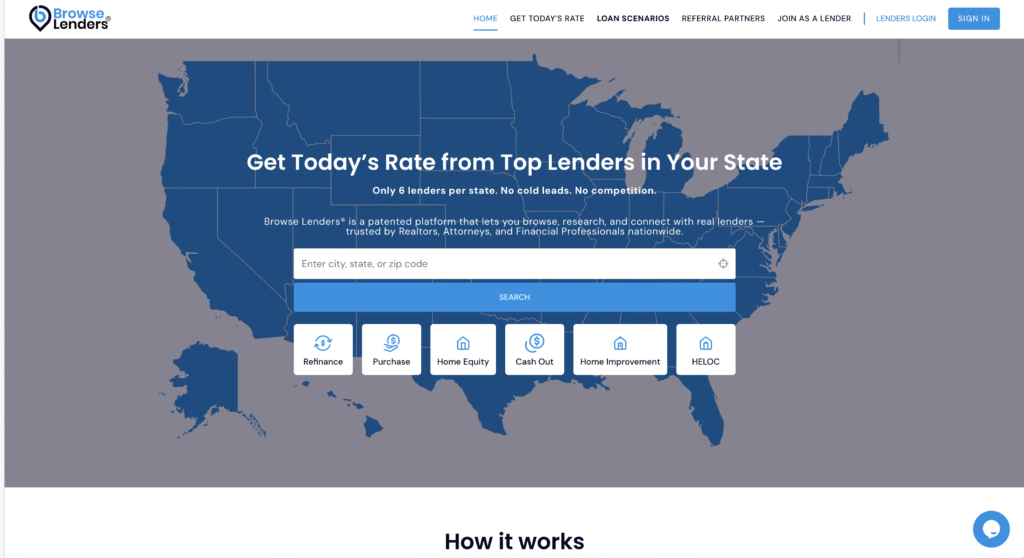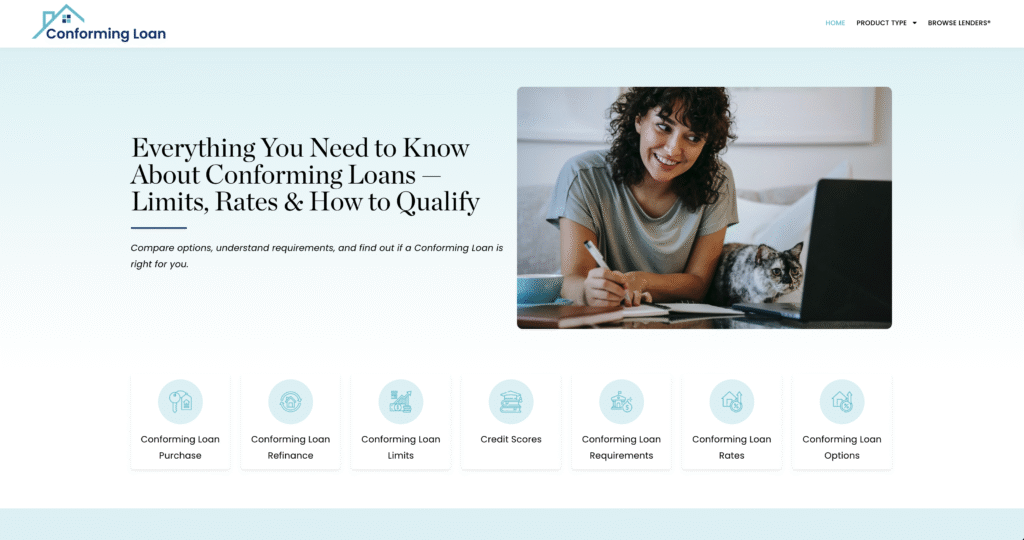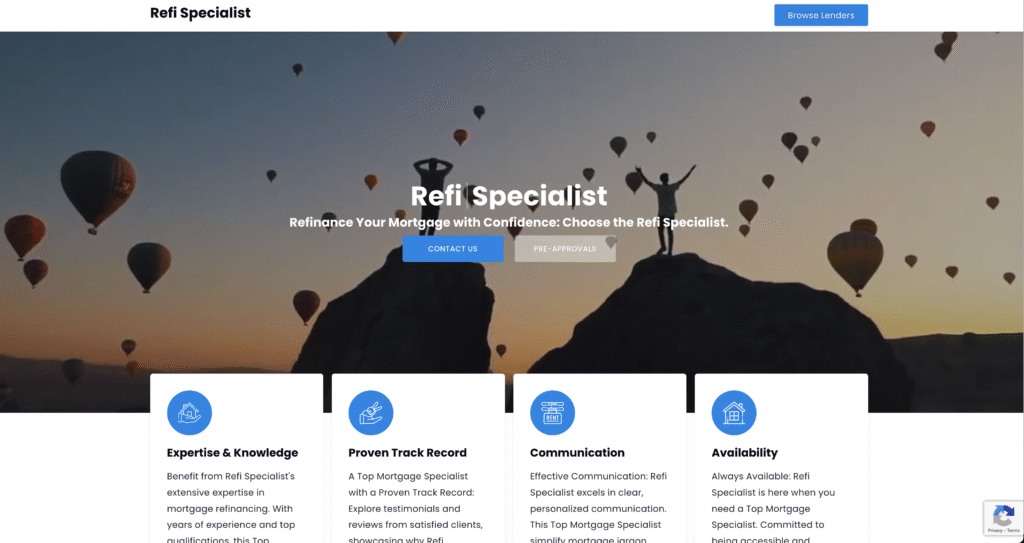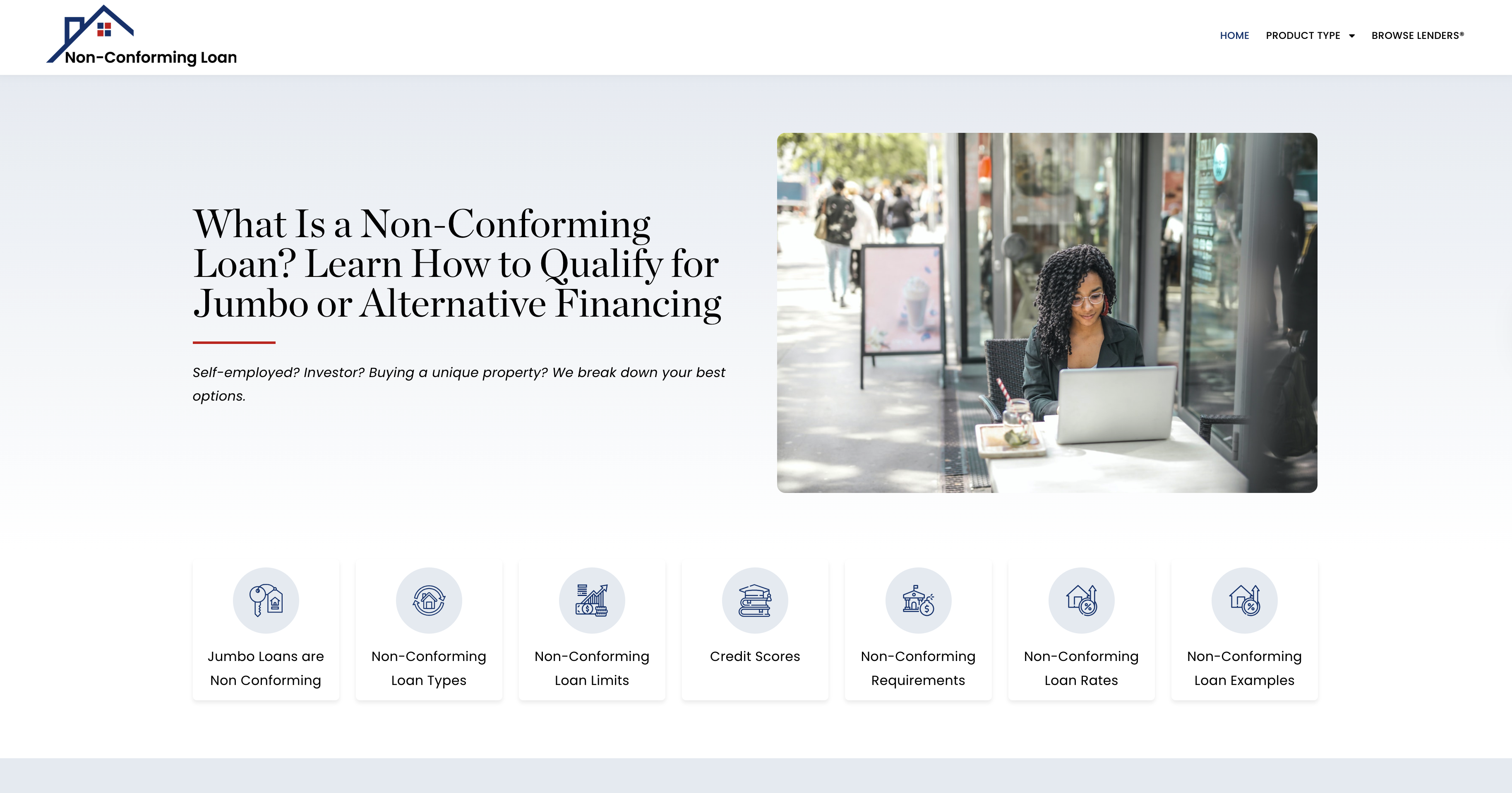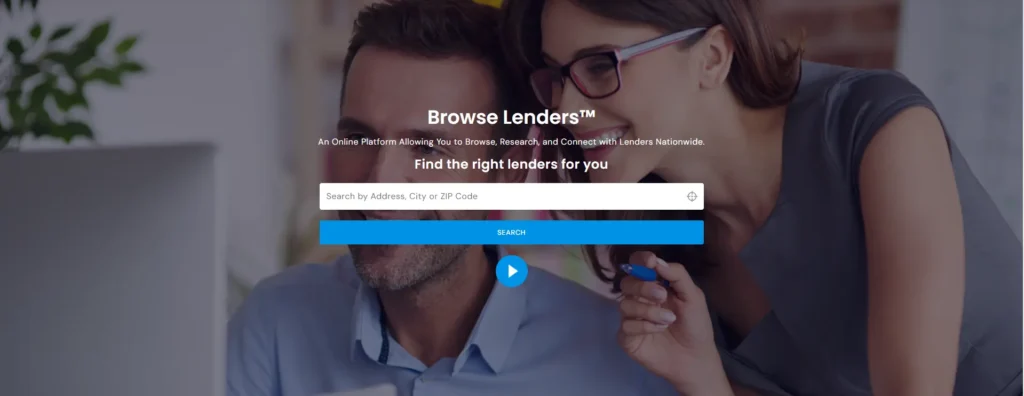Case Study: How One Couple Paid Off $42k in Credit Card Debt and Boosted Their Score by 110 Points
From the outside, Marcus and Alicia appeared to be doing everything right. They owned a modest home in a quiet suburb, earned stable incomes, and were raising two young children while trying to balance work, school activities, and everyday life. But behind the scenes, a different picture was unfolding. Over a decade of relying on credit cards to cover everything from unexpected car repairs to holiday expenses had silently buried them under a mountain of revolving debt. By the time they were both in their late 30s, Marcus and Alicia found themselves staring down a $42,000 credit card balance, split across eight accounts, with interest rates climbing as high as 27.99%. Their minimum payments barely covered the interest, and their Middle Credit Scores®—once in the low 700s—had plummeted into the mid-600s. Their dream of refinancing their mortgage or helping their kids with college tuition felt completely out of reach.
The turning point came during a routine mortgage statement review. Their adjustable-rate mortgage had crept upward again, and they realized they were paying more in interest on their home—and more on credit card minimums—than they were saving or investing. The couple sat down and made a commitment: they would stop ignoring the debt, confront it head-on, and create a plan that wouldn’t just eliminate the balances, but also restore their financial health. What followed wasn’t easy. It required budgeting, cutting expenses, learning how to prioritize different types of debt, and facing uncomfortable truths about spending habits. But within 19 months, they paid off every dollar of their $42,000 in credit card debt—and raised their Middle Credit Scores® by more than 110 points each in the process.
Their strategy centered on a blend of discipline and optimization. First, they listed every credit card, its balance, minimum payment, and interest rate. Then, they selected the Debt Avalanche Method, targeting the highest interest rate card while paying minimums on the rest. They called each lender to request temporary rate reductions—two said yes. They sold unused electronics, paused subscriptions, and eliminated dining out. Alicia took on weekend photography gigs; Marcus began tutoring part-time. They even used the proceeds of their 2022 tax refund to knock out two full balances. Month by month, the balances shrank. They tracked their progress using a whiteboard on the fridge and celebrated every $5,000 milestone with a family dinner—cooked at home.
But the payoff wasn’t just financial. As their balances dropped, their utilization ratios improved, triggering score increases as early as month three. By month eight, their scores had climbed from 654 and 661 into the 680s. By the end of month 19, both scores were over 760—qualifying them for the best available loan products. They refinanced their mortgage to a lower fixed rate, began rebuilding savings, and opened a secured credit card to preserve credit mix. Through the entire process, they never missed a payment and never closed an account—even when it hit zero—ensuring their credit age and available credit remained intact.
This case study showcases more than just a technical debt elimination strategy—it reveals what happens when financial literacy, determination, and consistent action intersect. Marcus and Alicia’s journey wasn’t driven by magic windfalls or gimmicks. It was built on real effort, smart planning, and a deep understanding of how revolving debt impacts a credit score. For anyone overwhelmed by high-interest credit cards or feeling like their Middle Credit Score® will never recover, their story is proof that with the right structure, support, and discipline, lasting change is possible. In Part 2, we’ll break down exactly how they did it—month by month, dollar by dollar.
Part 2: Tactical Breakdown – How They Did It (Approx. 2,400 words)
🔍 Step 1: Create a Full Debt Inventory and Score Snapshot
Marcus and Alicia’s first step was gaining complete visibility into their financial picture. They sat down and listed every debt across all eight credit cards, including:
- Outstanding balances
- Credit limits
- Minimum payments
- Interest rates
- Statement dates
They also pulled their 3-bureau credit reports and recorded their starting Middle Credit Scores® (654 and 661). This full inventory helped them identify not only their total debt burden ($42,000) but also which cards had the highest utilization and interest costs.
📋 Sample Inventory Table:
| Credit Card | Balance | Limit | Utilization % | Interest Rate | Min. Payment |
|---|---|---|---|---|---|
| Card A | $6,800 | $7,000 | 97% | 25.9% | $230 |
| Card B | $5,400 | $6,000 | 90% | 23.4% | $180 |
| Card C | $3,100 | $5,000 | 62% | 19.9% | $110 |
| … | … | … | … | … | … |
🧠 Step 2: Choose a Payoff Method – Why They Picked the Avalanche
After researching, they opted for the Debt Avalanche Method, which prioritizes debts by highest interest rate first—saving them more money long-term compared to the emotional wins of the snowball method.
Key reasons for choosing Avalanche:
- They had the discipline to stay motivated without small-balance victories
- Their primary goal was interest savings and score optimization, not just debt freedom
- Most of their cards had APR over 20%, making payoff delays expensive
They also called each credit card issuer to request interest rate reductions or hardship programs. Two agreed, lowering rates by 5%–6% for 12 months. This small step saved them over $1,000 in interest.
💸 Step 3: Build a Budget and Redirect Cash Flow
Next, they overhauled their monthly budget. Their $118,000 household income became a strategic tool, not just a paycheck. They:
- Trimmed dining out and subscription costs ($450 saved/month)
- Cancelled a secondary gym membership and unused memberships
- Sold old electronics and furniture for a $1,200 boost
- Allocated $1,500/month toward debt payoff—$700 above minimums
They also built a “minimum payment buffer” by placing $2,000 into a side savings account to never miss a payment, even if an emergency arose.
📅 Step 4: Structure the Payoff Plan Month by Month
Here’s how they structured their avalanche-based timeline:
Month 1–3:
- Paid off Card A first (25.9% APR, $6,800 balance) using $1,200 in sale proceeds and $3,500 in payments.
- Credit Score increase: +21 pts (utilization impact).
Month 4–7:
- Focused on Card B (23.4%, $5,400 balance). Paid it off by redirecting the Card A payment ($230) plus their snowball.
- Score increase: +34 pts (due to multiple utilization drops).
Month 8–12:
- Paid down two mid-range cards ($3,100 and $2,600).
- Continued to pay before statement closing date, so reported balances were lower.
- Score increase: +27 pts (crossed 700 for the first time).
Month 13–19:
- Paid down the final 4 cards, all under $5,000.
- Continued using only one low-limit card for small purchases and paid it weekly.
By Month 19, they were debt-free, with utilization under 7% and Middle Credit Scores® of 763 and 771 respectively.
📈 Step 5: Track and Respond to Score Changes Strategically
They used the following tools:
- MiddleCreditScore.com dashboard for monthly tracking
- Spreadsheets to chart balances and projected interest saved
- Mint for budget tracking
- MyFICO to monitor mortgage-prep scores and alerts
Every 90 days, they reviewed their score trends and adjusted which cards to target based on real-time credit behavior.
They also made two payments per month on each focused card to lower average daily balances and reduce interest accrual.
🛠 Step 6: Keep Cards Open to Maintain Credit Profile Strength
After paying each card off, Marcus and Alicia did NOT close any accounts. They:
- Left cards at $0
- Used 1–2 for automatic bills (Spotify, phone)
- Paid them off weekly
- Monitored accounts monthly to ensure no annual fees or fraud
This preserved:
- Credit age
- Credit mix
- Available credit (higher limit, lower utilization)
📌 Closing the accounts would have reduced their limits by over $50,000—potentially hurting their scores even after becoming debt-free.
📢 Step 7: Automate, Communicate, and Celebrate
To stay on track, they:
- Automated minimum payments on all accounts
- Scheduled avalanche “extra” payments manually to stay engaged
- Set calendar reminders for financial check-ins every payday
- Created visual trackers on a whiteboard and spreadsheet
Every $5,000 paid off = one home-cooked celebration dinner with their kids. This helped maintain morale and reinforce commitment.
💡 Step 8: Key Lessons They Shared
- Start with clarity: Without a debt inventory, it’s impossible to plan
- Avoid closing old cards: Preserving credit age was key to their rebound
- Don’t wait for perfect timing: They started while still overwhelmed
- Use small wins strategically: Even 10-point credit score gains matter
- Stay consistent: Progress compounds quickly when you stick to the plan
✅ Final Score Timeline Overview
| Month | Key Milestone | Score Movement |
|---|---|---|
| 0 | Starting score (654 / 661) | — |
| 3 | Card A paid off | +21 pts |
| 7 | Card B + mid-tier cards paid | +34 pts |
| 12 | Utilization under 30% | +27 pts |
| 19 | Debt-free, utilization <7% | +28 pts |
| Final Scores: 763 / 771 | +110 pt |
Middle Credit Score® Support Center
Browse Lenders® – Speak with a Lending Expert

